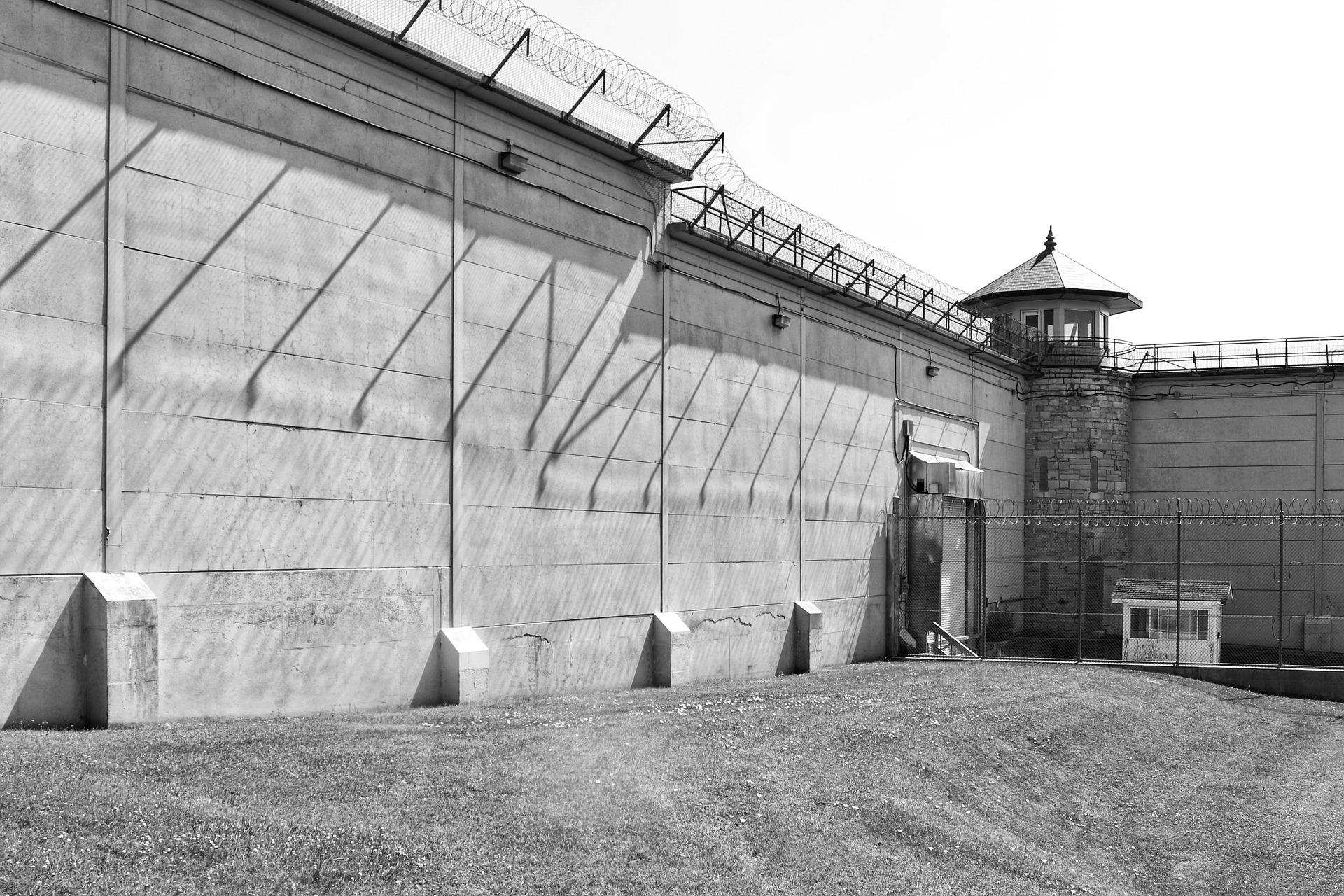Rethinking Forfeiture Laws: A Deep Dive into Civil Asset Forfeiture in America
Examine the riveting journey of American civil asset forfeiture laws, exploring their origin, key developments, and the pressing need for revisions in these controversial legal standards.

Civil Asset Forfeiture: The Genesis
Civil asset forfeiture traces its roots back to the colonial era, but its significance heightened during the late 20th century as a tool for combatting drug-related crimes. Civil forfeiture allowed the government to seize assets suspected of being involved in criminal activity without a criminal charge or conviction, providing a critical means of disrupting criminal operations.
From Tool to Controversy: The Ascendance
The introduction of the Comprehensive Crime Control Act of 1984 permanently altered the landscape of forfeiture laws, granting federal agencies further powers, which, ironically, fueled the controversies surrounding these laws. Concerns about the violation of “innocent until proven guilty,” fundamental to American justice, intensified, prompting debates about procedural fairness and the potential for abuse.
Current Realities: Pending Bills and Revisions
In response to mounting criticism, lawmakers have slowly tackled reform. Recently introduced bills, such as the FAIR (Forfeiture Accountability and Integrity Reform) Act, seek to restore the due processes undermined by civil forfeiture. However, despite the ongoing legislative efforts, impactful reform remains an uncertain future prospect.
Consequences and Impact on Society
Civil asset forfeiture directly affects societal perceptions of justice and trust in law enforcement. Publicized cases of abuse have led to increased skepticism and raised questions about equity and justice. However, it’s worth noting that forfeiture can have positive impacts, such as redirecting ill-gotten gains to bolster law enforcement resources.
Weighing the Impact: Proceed with Caution
The evaluation of civil asset forfeiture laws requires a delicate balance. While it’s essential to protect individual rights and safeguard against potential misuses, preserving the tool’s potential benefits is also paramount. Thus, efforts should focus on eliminating loopholes for misuse rather than eliminating the provision entirely.
In conclusion, civil asset forfeiture is a complex feature of American law that’s wrestled with controversy. Recent amendments indicate a clear intent to rectify the flaws of this tool—yet how this intent translates into effective legal reform remains pivotal in shaping the future discourse of civil asset forfeiture.




